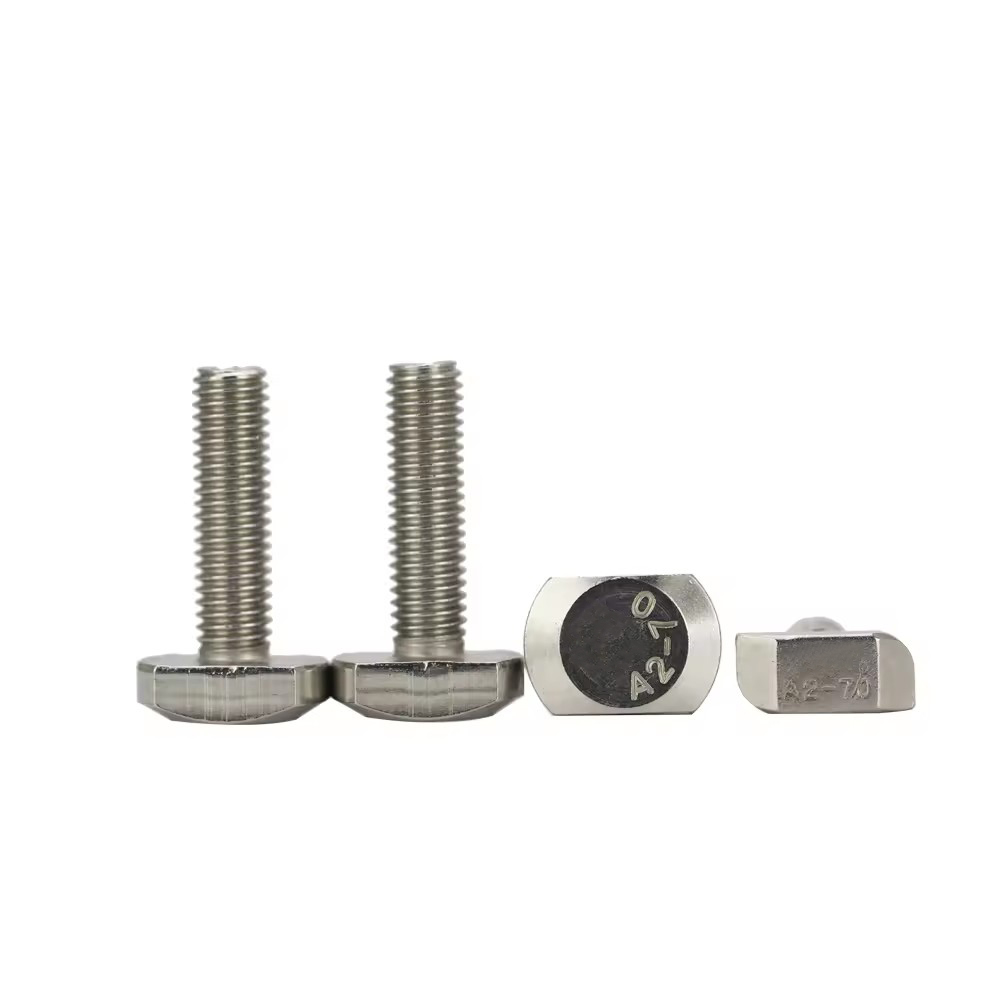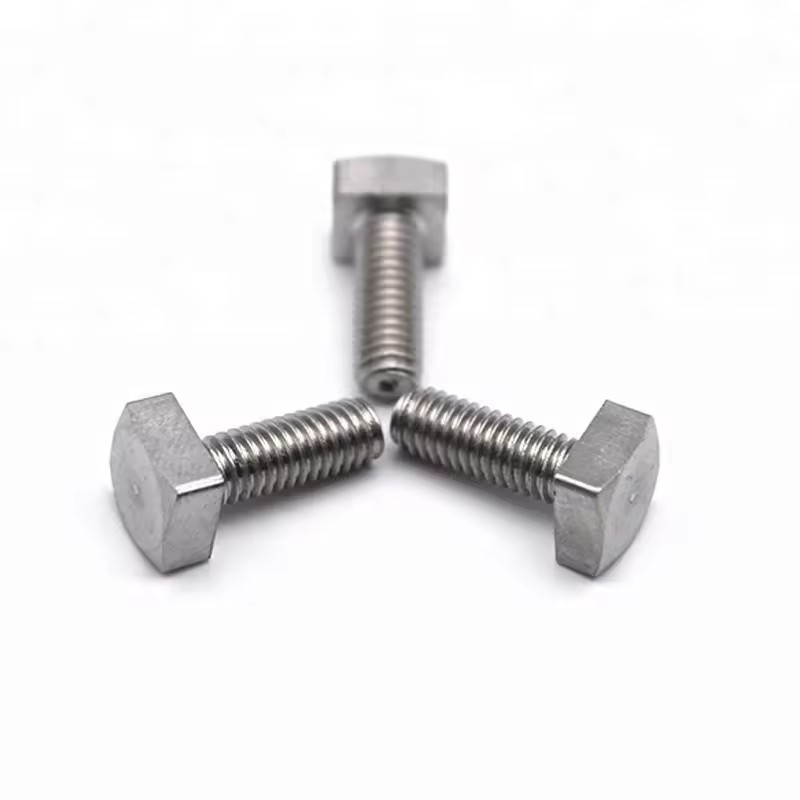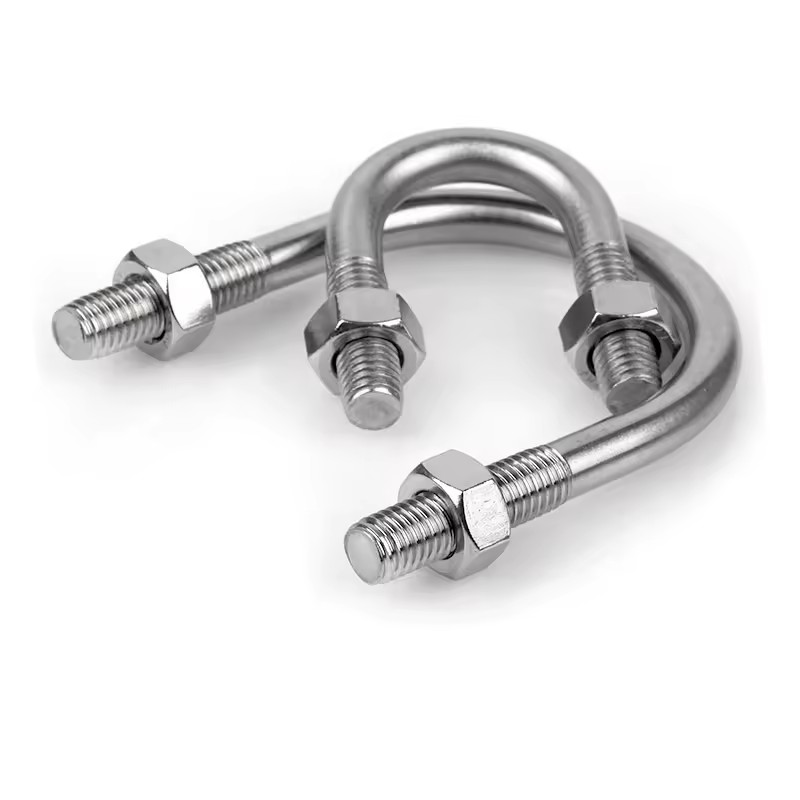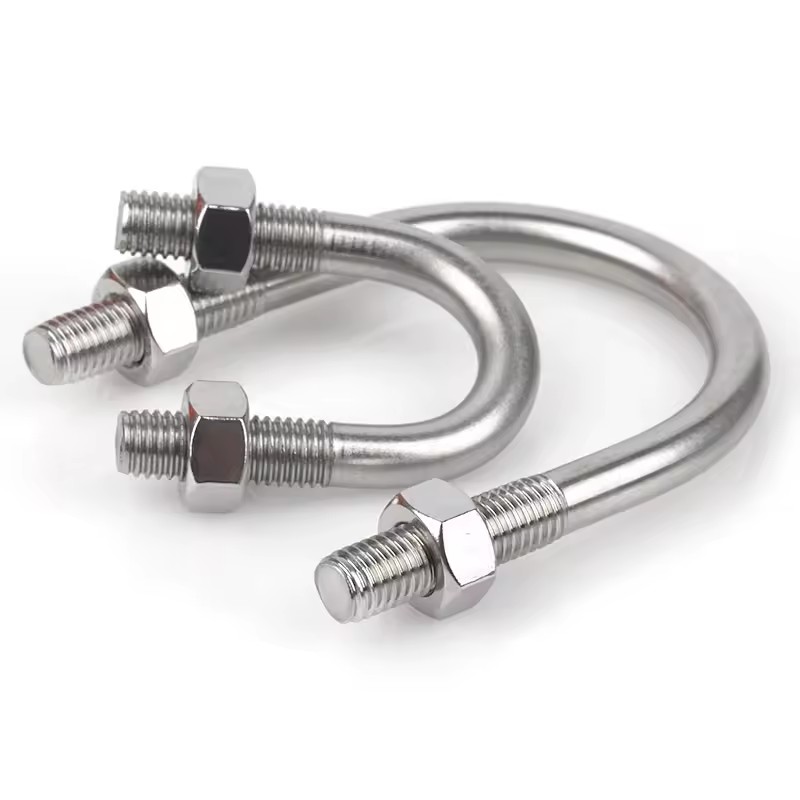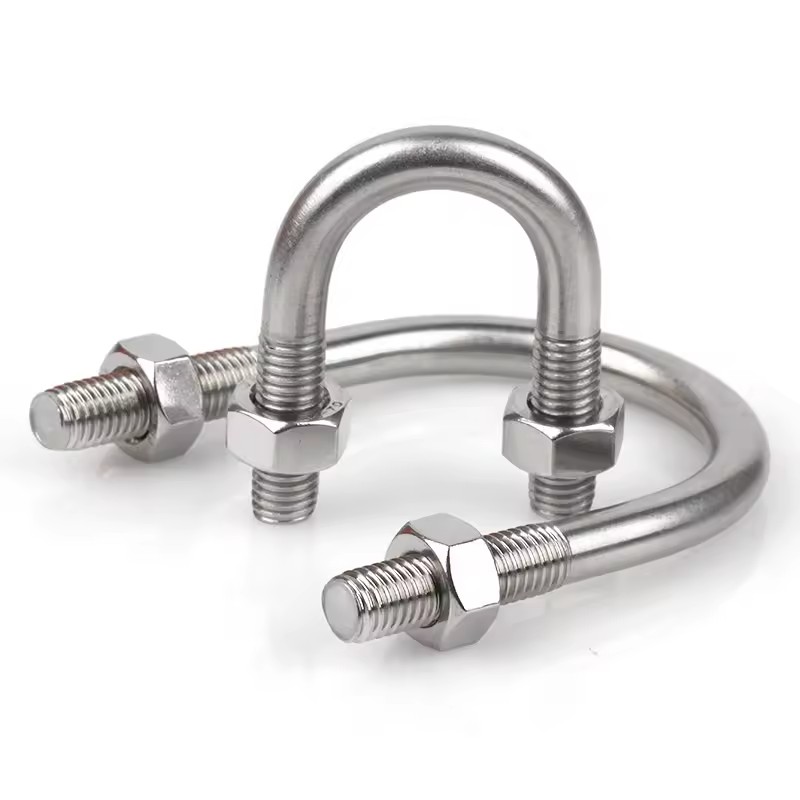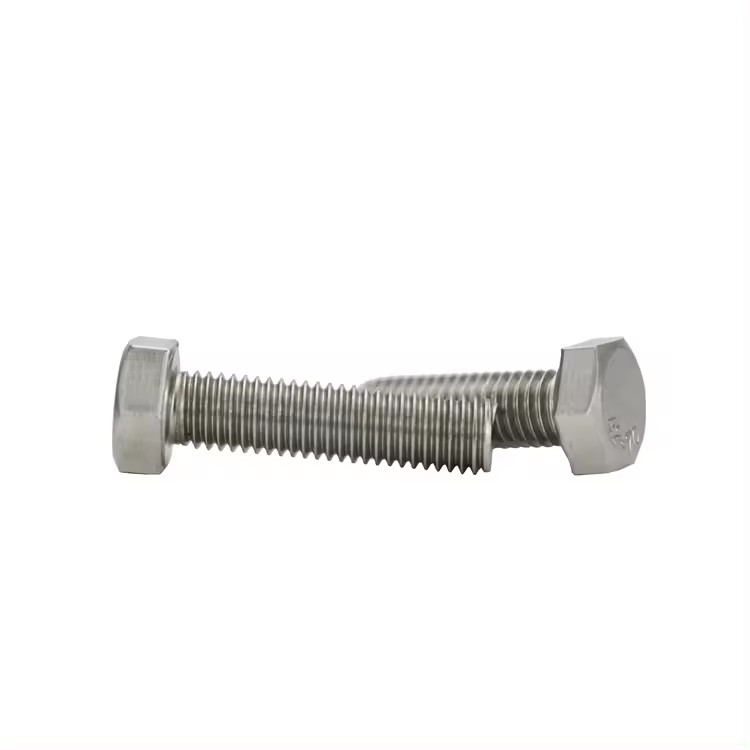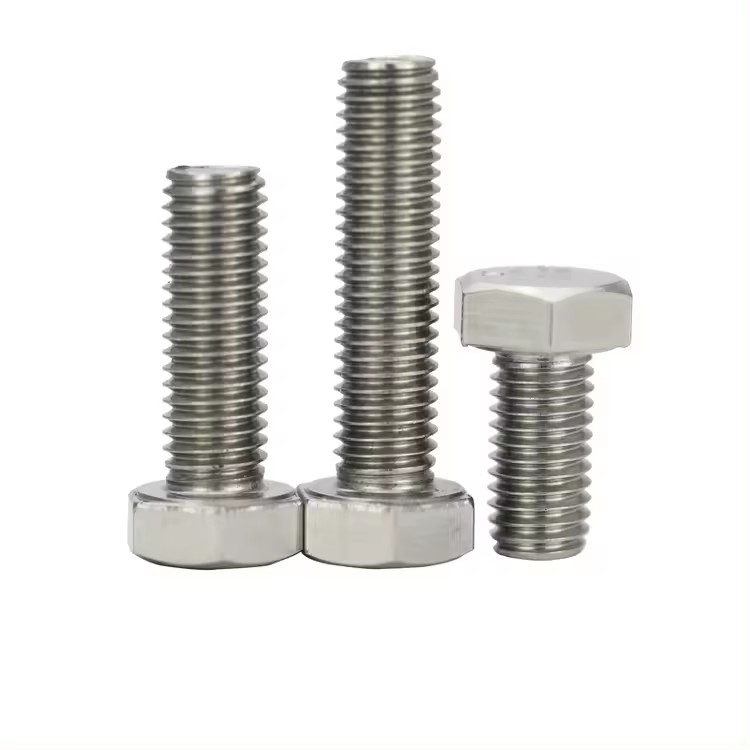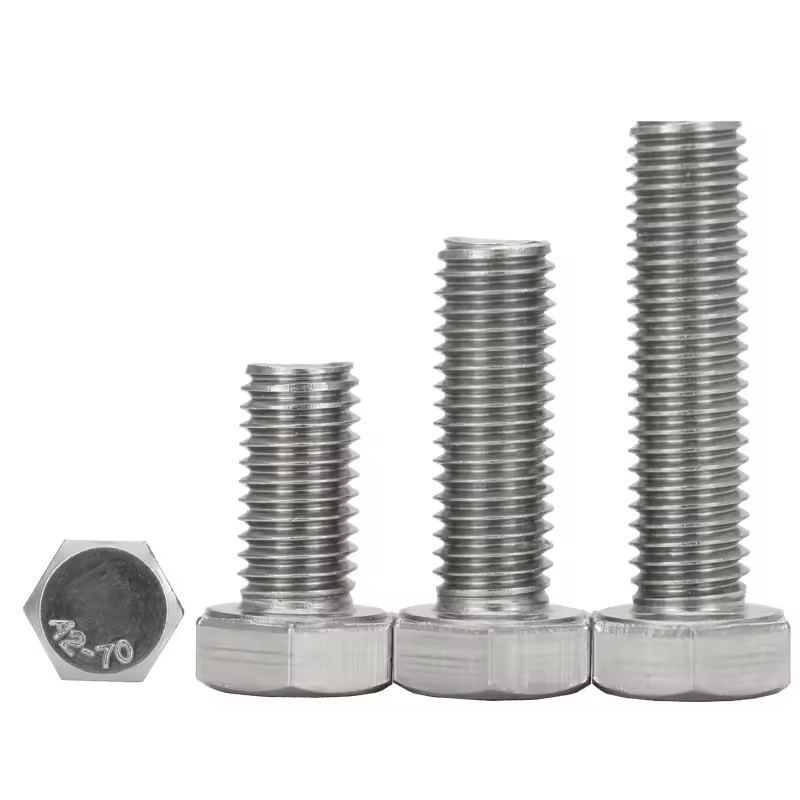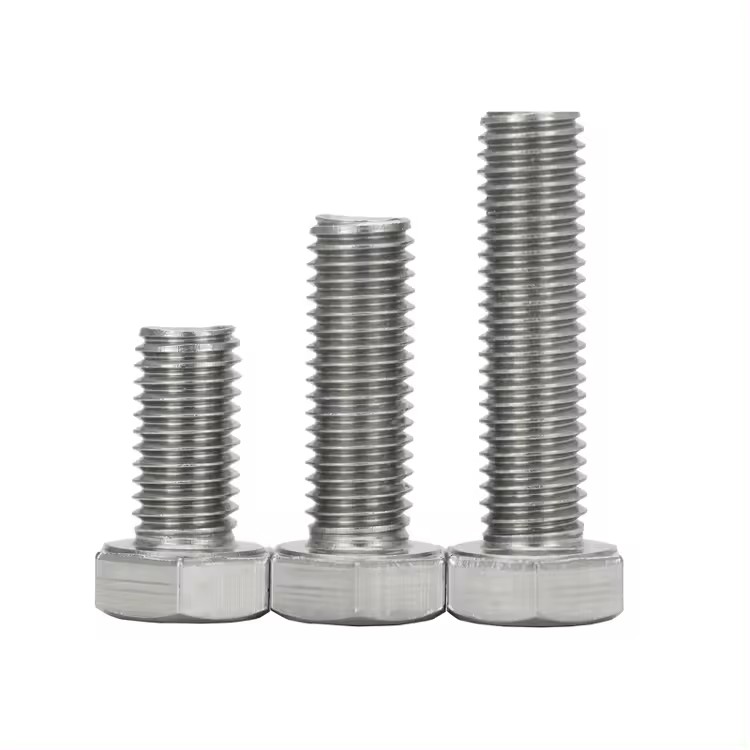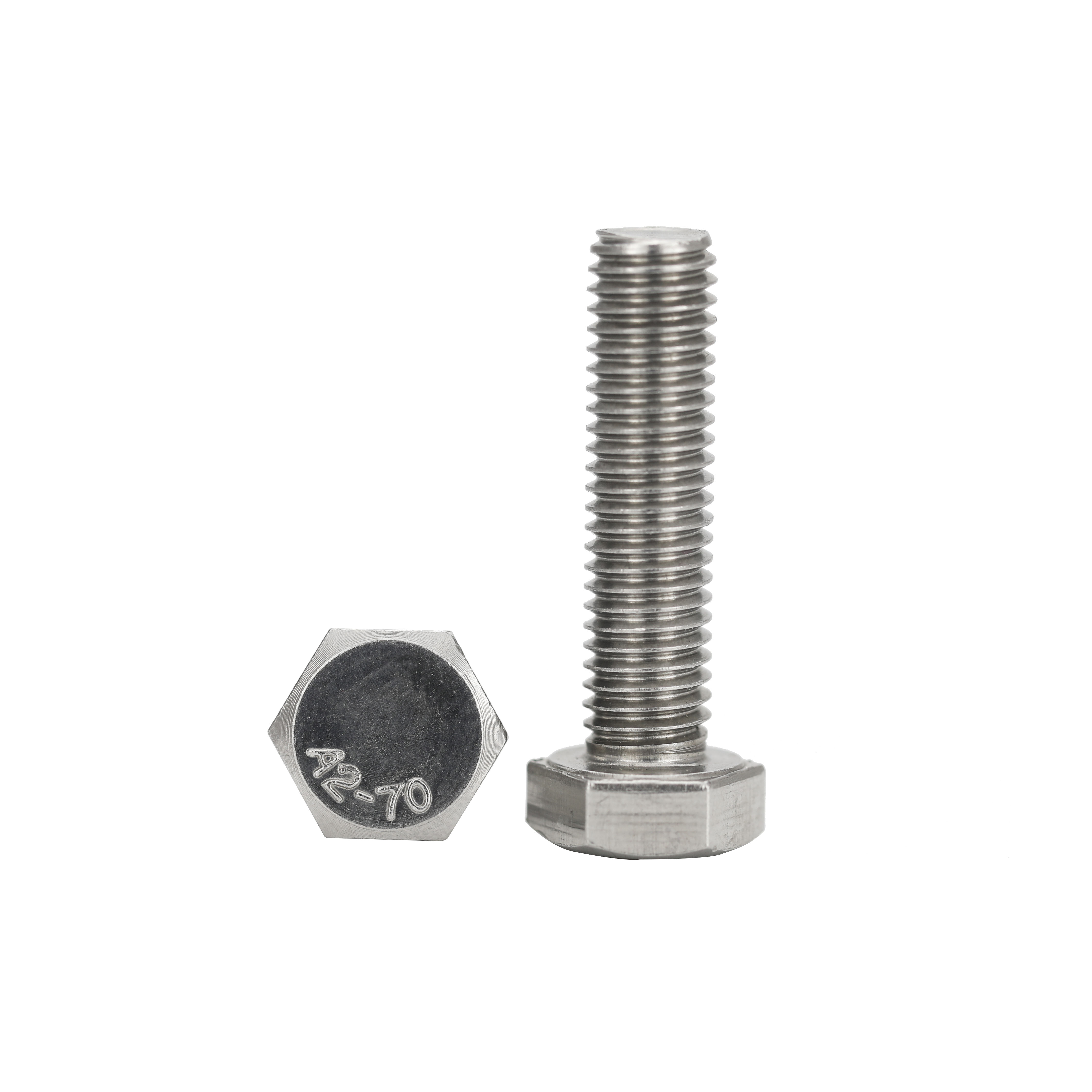Wing screws, sometimes called wing bolts, are fasteners designed with a head shaped like a pair of “wings” that extend outward. This design allows them to be tightened or loosened by hand without the use of tools. Their simplicity, versatility, and ease of handling make them a practical choice in situations where frequent adjustments, removals, or reassemblies are needed.
In both furniture and machinery, wing screws fill a niche where efficiency and convenience are just as important as reliability.
Understanding Wing Screws
Before looking at their specific uses, it is helpful to understand what wing screws are and why they differ from other fasteners:
- Design: The “wings” provide grip for hand tightening, allowing users to adjust components without specialized tools.
- Materials: Wing screws are typically made of metals such as steel, stainless steel, or brass, though plastic varieties also exist for lighter applications.
- Sizes: Available in a range of diameters and lengths, they can suit both small furniture pieces and heavy-duty machinery.
- Functionality: They are most often used in temporary or adjustable joints, where components may need to be removed or repositioned.
With these features in mind, it becomes clear why wing screws are widely applied in furniture assembly and mechanical equipment.
Applications of Wing Screws in Furniture
Furniture often demands flexibility. Components may need to be adjusted, dismantled for transport, or reconfigured for different settings. Wing screws are particularly suited to such needs because they eliminate the hassle of constantly reaching for tools.
1. Flat-Pack and Modular Furniture
Modern furniture design frequently emphasizes portability and user-friendly assembly. Flat-pack products rely on fasteners that non-specialists can handle easily. Wing screws are an ideal solution:
- Quick assembly: They allow users to secure joints by hand.
- Tool-free adjustments: If a table, shelf, or storage unit needs repositioning, it can be done quickly.
- Reusable connections: Wing screws can be removed and reinstalled many times without damaging the furniture frame.
2. Adjustable Chairs and Tables
Furniture that supports multiple configurations often integrates wing screws:
- Height adjustments: Chairs with adjustable backrests or tables with variable heights use wing screws to lock parts in place securely while still allowing easy changes.
- Folding furniture: Wing screws help hold hinges or folding legs firmly but make folding simple when required.
3. Bed Frames and Storage Units
Large furniture pieces such as bed frames, wardrobes, or storage cabinets often need to be disassembled for moving. Wing screws:
- Enable fast setup and takedown, saving time during transport.
- Provide sturdy joints that can handle the weight and stress of daily use.
- Reduce the risk of lost tools during assembly, since none are needed.
4. Outdoor and Recreational Furniture
Furniture designed for outdoor use—like picnic tables, camping gear, or portable benches—benefits from wing screws because they:
- Allow quick assembly on site without a toolkit.
- Can be replaced easily if damaged.
- Offer adaptability for collapsible designs.
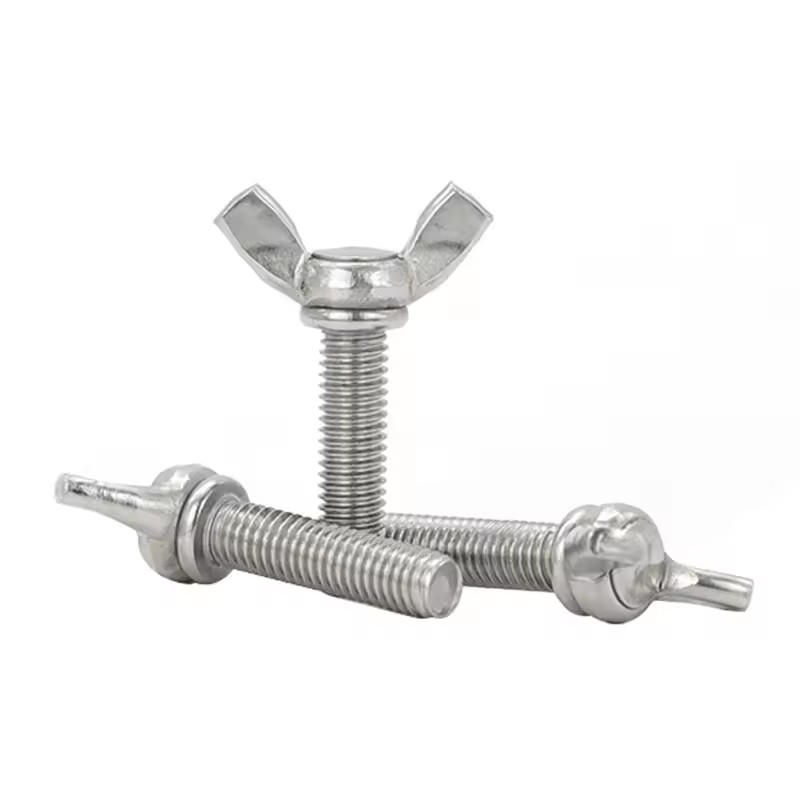
Applications of Wing Screws in Machinery
Machinery, whether industrial or household, often requires adjustments, maintenance, or temporary fastening. In these contexts, wing screws provide an accessible way to secure parts while ensuring that maintenance teams or operators can work quickly.
1. Machine Guards and Safety Covers
Many machines include protective covers or guards that must be removed periodically for cleaning, inspection, or repair. Wing screws are a preferred choice because they:
- Allow fast removal without tools, reducing downtime.
- Provide a secure fit to keep safety guards in place.
- Encourage regular maintenance, since workers are less likely to avoid removing covers if the process is simple.
2. Control Panels and Access Doors
In machinery with panels or enclosures, wing screws make accessibility easier:
- Electrical enclosures: Panels secured with wing screws can be opened by hand for inspection.
- Maintenance doors: Access points on equipment often use wing screws to ensure quick entry without disrupting other components.
3. Adjustable Machine Components
Machinery often incorporates parts that require fine-tuning or repositioning:
- Guide rails, brackets, or clamps: Wing screws allow operators to reposition these components to accommodate different materials or processes.
- Test equipment: Machines used for experimentation or calibration often rely on wing screws to secure adjustable settings.
4. Assembly and Prototyping
In workshops and laboratories, wing screws are used for experimental builds or prototypes:
- They allow quick changes to component configurations.
- Repeated tightening and loosening do not wear out the fastener as quickly as some other screw types.
- They enable tool-free adjustments, which is valuable in fast-paced development settings.
5. Household Appliances and Light Machinery
Wing screws are also found in smaller machines, including:
- Fans and ventilation units: Panels secured by wing screws allow easy cleaning of blades.
- Garden machinery: Covers or detachable parts often use wing screws for quick servicing.
- Portable tools: Adjustable stands or support frames frequently incorporate wing screws.
Advantages of Wing Screws in Furniture and Machinery
The popularity of wing screws in these two industries is not accidental. Their benefits explain why they are chosen over traditional fasteners in many applications:
- Tool-free operation: The ability to tighten and loosen them by hand increases convenience.
- Time-saving: Faster assembly and disassembly compared to screws requiring drivers or wrenches.
- Reusability: They can be removed and reinserted repeatedly without significant wear.
- Accessibility: Useful in areas where tool clearance is limited.
- Versatility: Suitable for wood, metal, and composite materials.
Limitations and Considerations
While wing screws offer many advantages, they are not suited to every situation. A few considerations include:
- Strength limitations: Hand-tightened screws cannot always provide the same clamping force as tool-tightened bolts.
- Vibration issues: In machinery with high vibration, wing screws may loosen unless supplemented with lock washers.
- Environmental exposure: For outdoor use, corrosion-resistant materials like stainless steel are preferable.
- Ergonomic concerns: In very tight spaces, the wings may be difficult to grasp.
Recognizing these limitations helps ensure wing screws are used effectively in suitable applications.
Conclusion
Wing screws occupy a practical space between traditional screws and more complex fastening systems. In furniture, they simplify assembly, adjustment, and mobility, particularly in flat-pack, modular, or outdoor designs. In machinery, they streamline access for maintenance, secure adjustable components, and enhance safety by reducing the time required to remove guards or panels.
By making fastening tool-free and efficient, wing screws support both ease of use and flexibility. Although they are not intended for every situation, their value in furniture and machinery is clear: they make equipment and furniture more adaptable, user-friendly, and serviceable.


